Narrow canal is a great challenge to Endodontist, When combined with calcified entrance the difficulty doubled. Preoperative assessment to the periapical radiograph would help in avoiding many errors that could […]
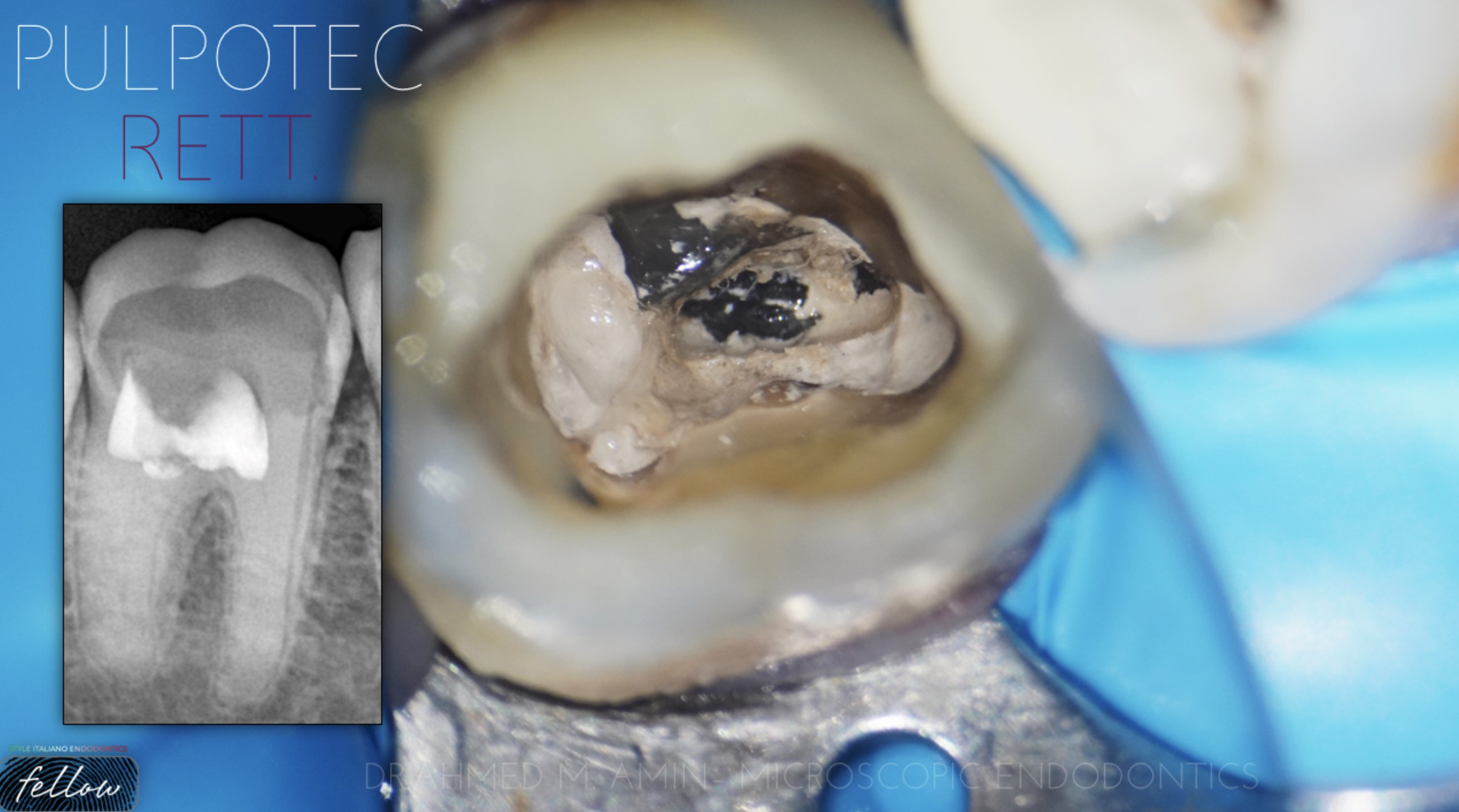 The Problems of Pulpotec Material
The Problems of Pulpotec Material
Narrow canal is a great challenge to Endodontist, When combined with calcified entrance the difficulty doubled. Preoperative assessment to the periapical radiograph would help in avoiding many errors that could […]
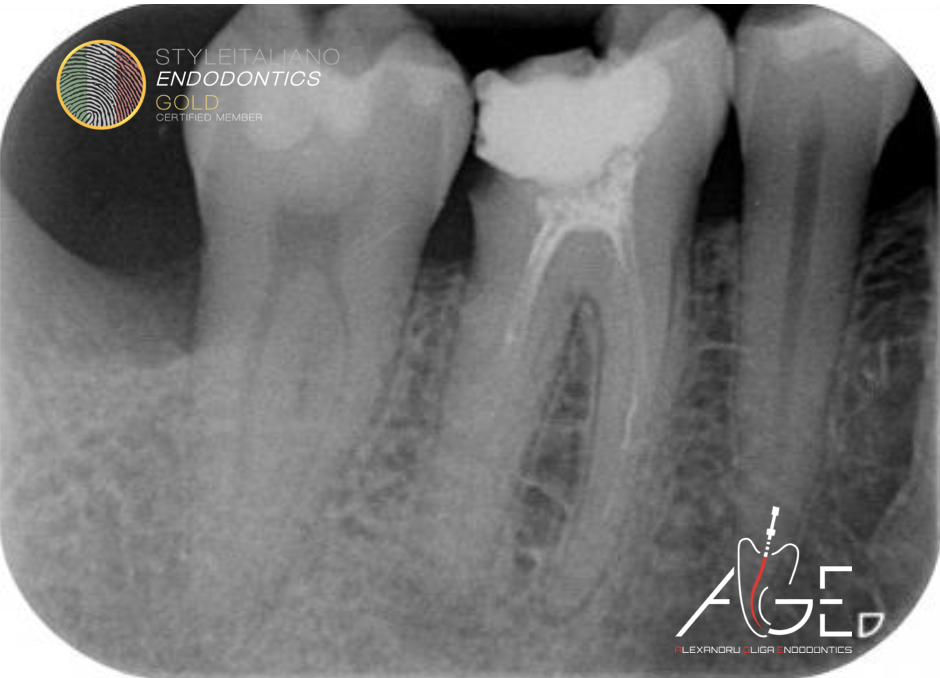 Root Canal Retreatment of LR6 using the Retreaty system from Perfect: A case report
Root Canal Retreatment of LR6 using the Retreaty system from Perfect: A case report
Single file instrumentation has to some extent ease the root canal preparation in both primary root canal treatments and retreatments. However, the variety of clinical situations does not agree with […]
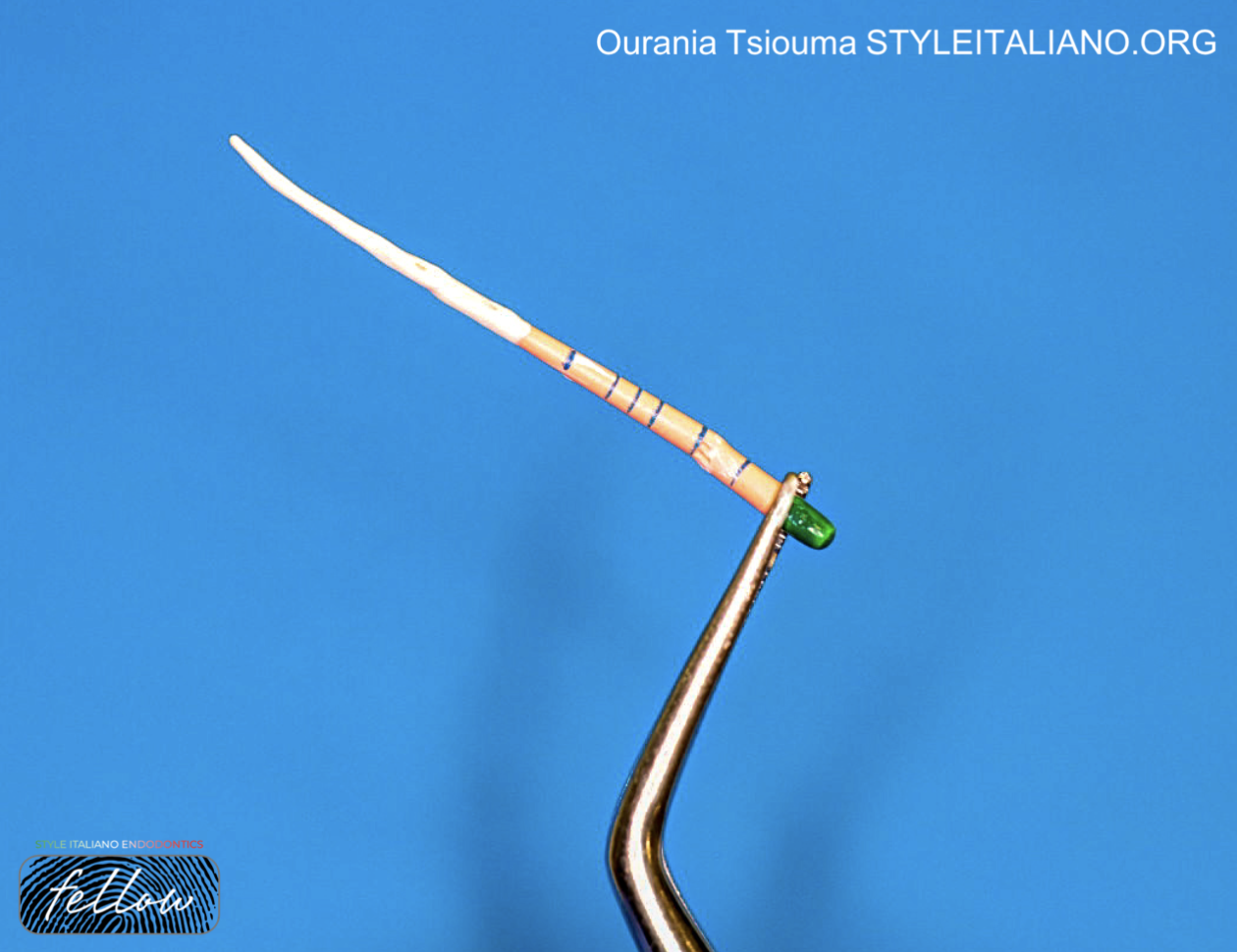 Single Cone Obturation: Mastering The Technique with Bioceramic sealers
Single Cone Obturation: Mastering The Technique with Bioceramic sealers
The final objective of endodontic treatment as described by Schilder in 1967 is ‘‘the total obturation of the root canal space’’ and since then many materials and techniques have been […]
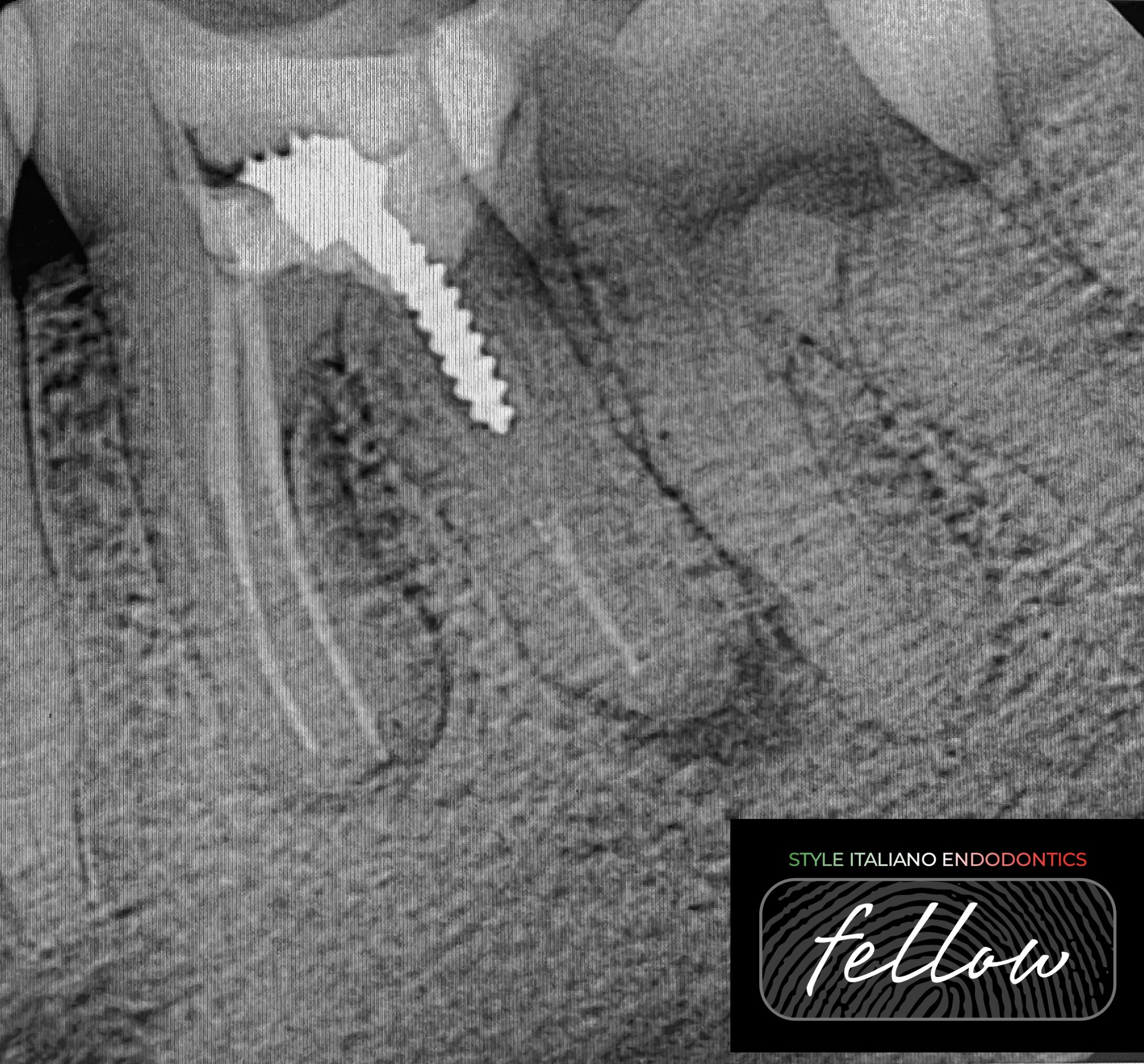 Retreatment case:Metal post removal and deep splitting canal Retreatment case:
Retreatment case:Metal post removal and deep splitting canal Retreatment case:
There are four options for managing a tooth with posttreatment disease: do nothing, extraction, nonsurgical retreatment, or surgical treatment. Avoiding treatment may result in the progression of disease and continued […]
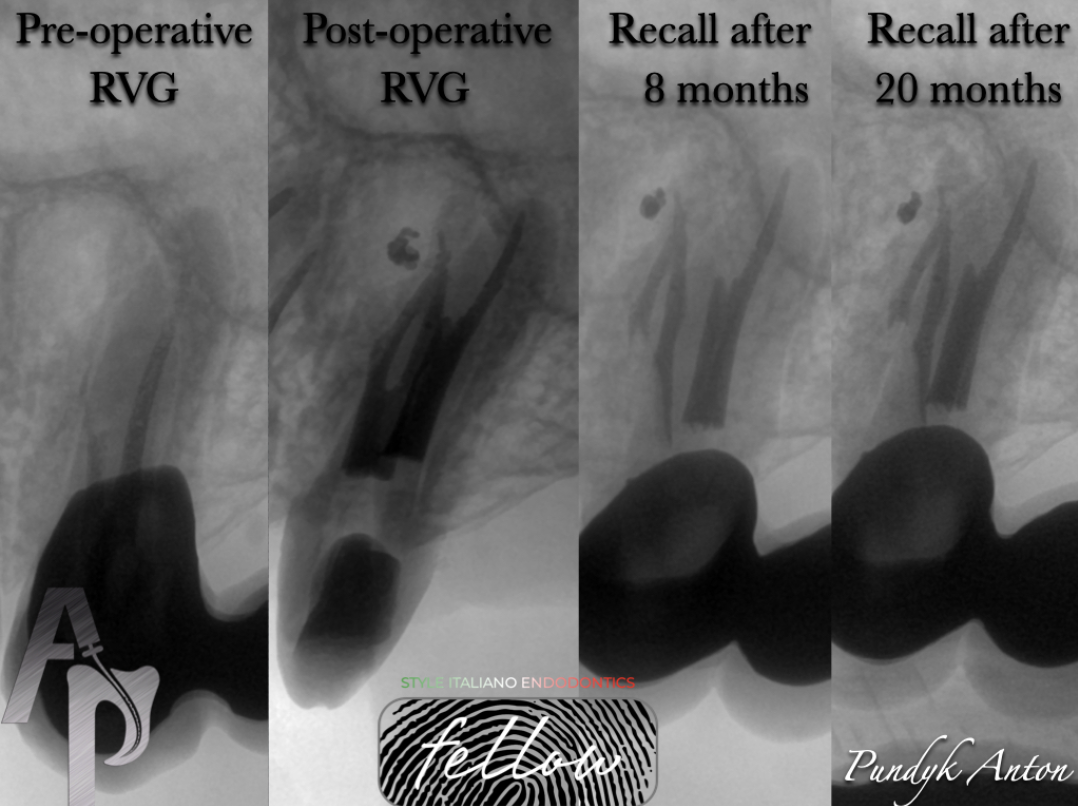 Retreatment of teeth with a complex root system anatomy #1
Retreatment of teeth with a complex root system anatomy #1
Modern endodontic treatment is based on optimal cleaning,disinfection and high-quiality obturation of the root canal system.Anatomy is considered as a key factor in the healing process.That is why a clinician have to be aware of all normal,possible and abnormal variations in the teeth anatomy for achieving a maximum clinical success.In the article presents clinical example that demonstrate the complexity of endodontic retreatment of the maxillary left premolar
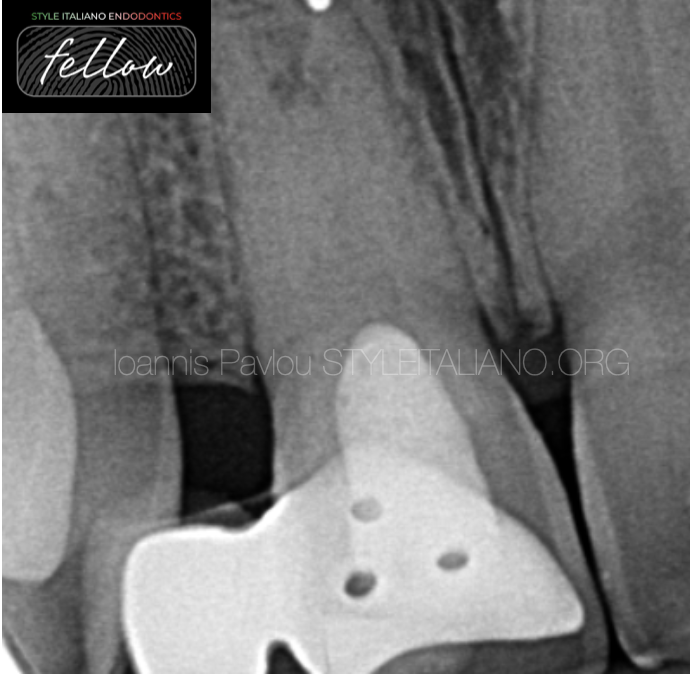 Dental Trauma: Forever classic, Never boring
Dental Trauma: Forever classic, Never boring
A 23 years old, female patient, was referred to my practice for an endodontic treatment on tooth 11. Patient complained of pain above the root and was concerned of the […]
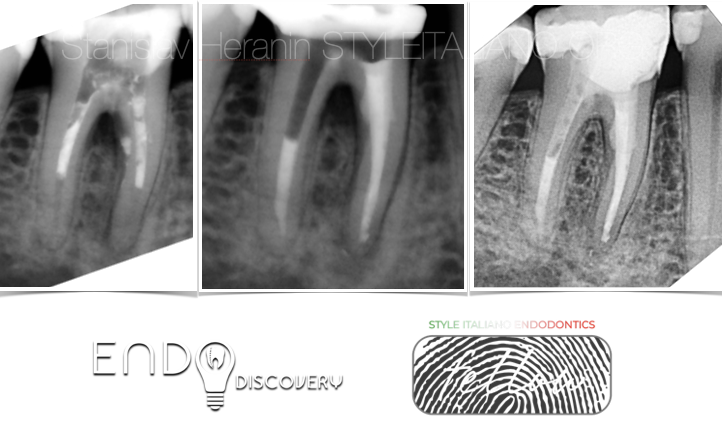 Pulpal Floor Perforation repair with the use of MTA cement
Pulpal Floor Perforation repair with the use of MTA cement
Perforation repair with MTA
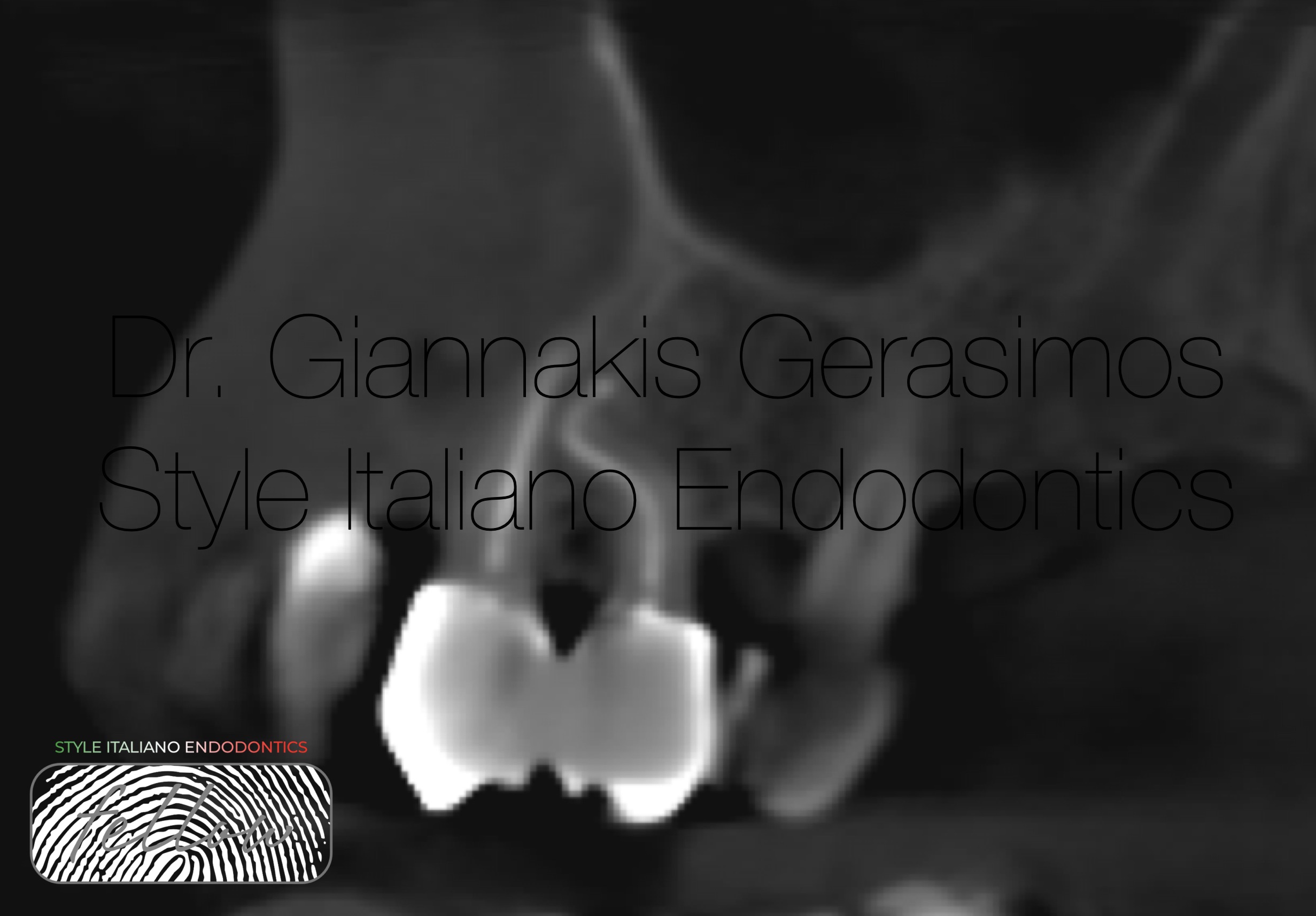 A story of a dilacerated premolar
A story of a dilacerated premolar
Premolars are the most versatile teeth in regards of anatomy. One of the most challenging anatomical variations we have to face is dilaceration. Abrupt curvatures complicate the RCT especially when […]
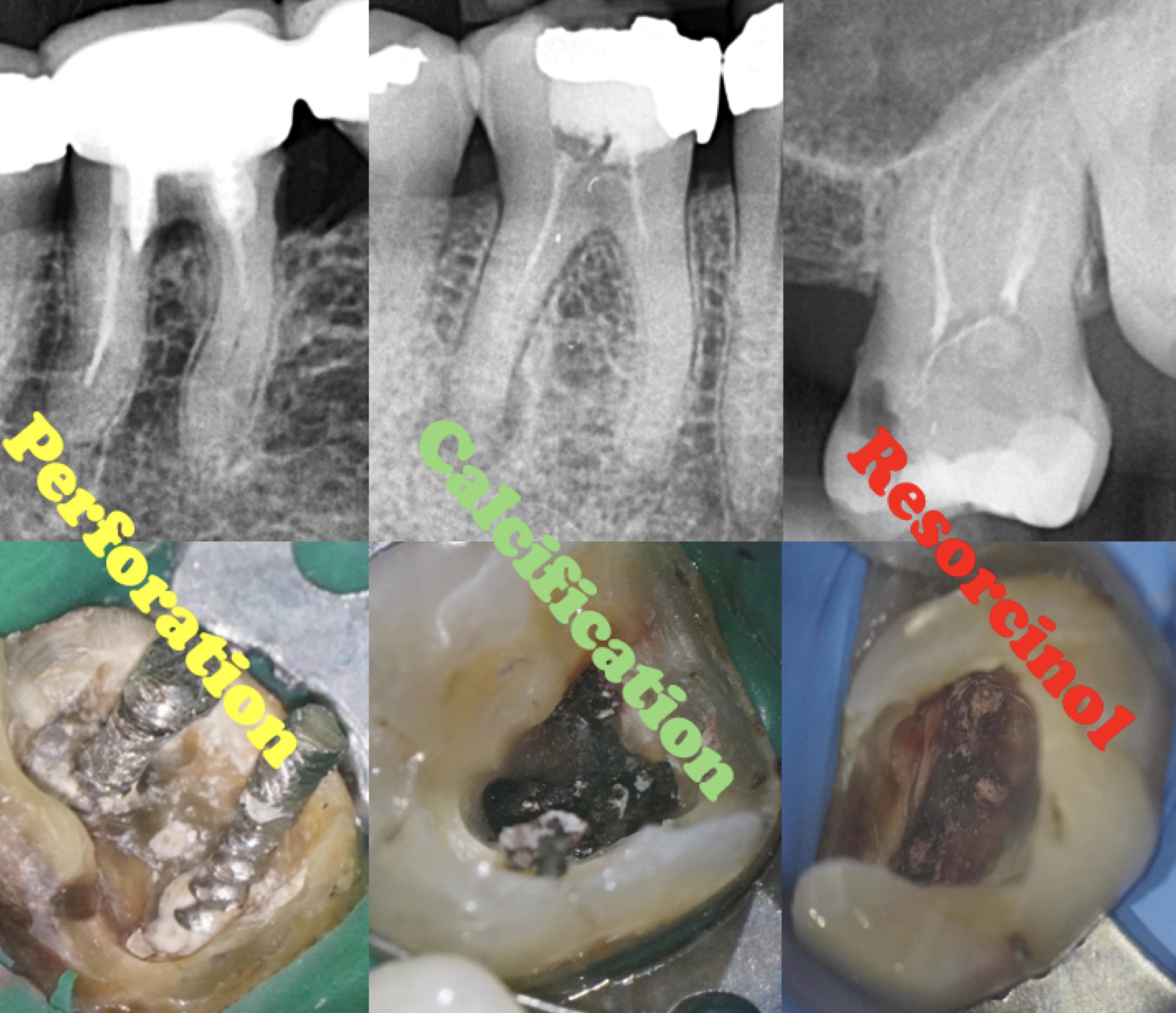 Bridging the Gap: How Today’s Endodontics Overcome Past Limitations
Bridging the Gap: How Today’s Endodontics Overcome Past Limitations
As modern dentistry continually strives for excellence, we frequently face the challenge of dealing with complications from older endodontic treatments, which often present unexpected difficulties. Calcifications, perforations, and stubborn obturation […]
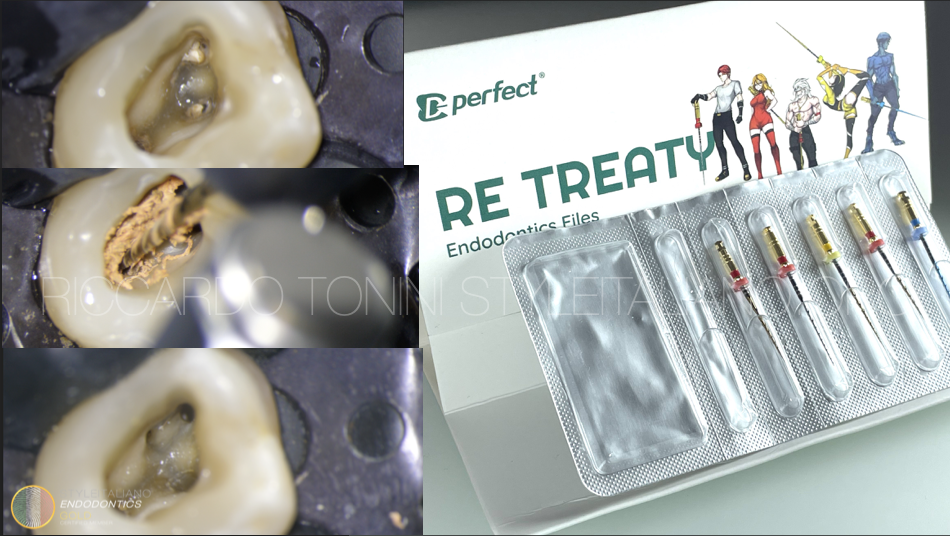 Retratment of an upper first molar made with the Retreaty kit by Perfect Endo
Retratment of an upper first molar made with the Retreaty kit by Perfect Endo
A retreatment can represent an issue for every practitioner. It is always unpredictable due to many unforeseen elements like intracanal obstacles, iatrogenic errors and complicated anatomies. Recently the Retreaty Kit […]
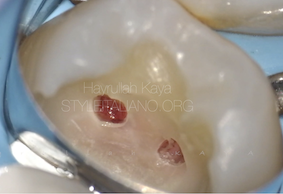 Vital pulp therapy: 2 years follow up
Vital pulp therapy: 2 years follow up
The size of pulp exposure and the presence of spontaneous pain were significant criteria for treatment decisions in traditional direct pulp capping procedures. Direct pulp capping was considered viable when the pulp exposure size was 1 mm or less, and the patient did not experience spontaneous pain. Root canal treatment was routinely treatment choice in cases that did not meet these criteria. However, in light of contemporary insights from the literature, a new classification of pulp conditions has emerged. Consequently, this has led to a shift in our range of indications, predominantly favoring vital pulp treatments.
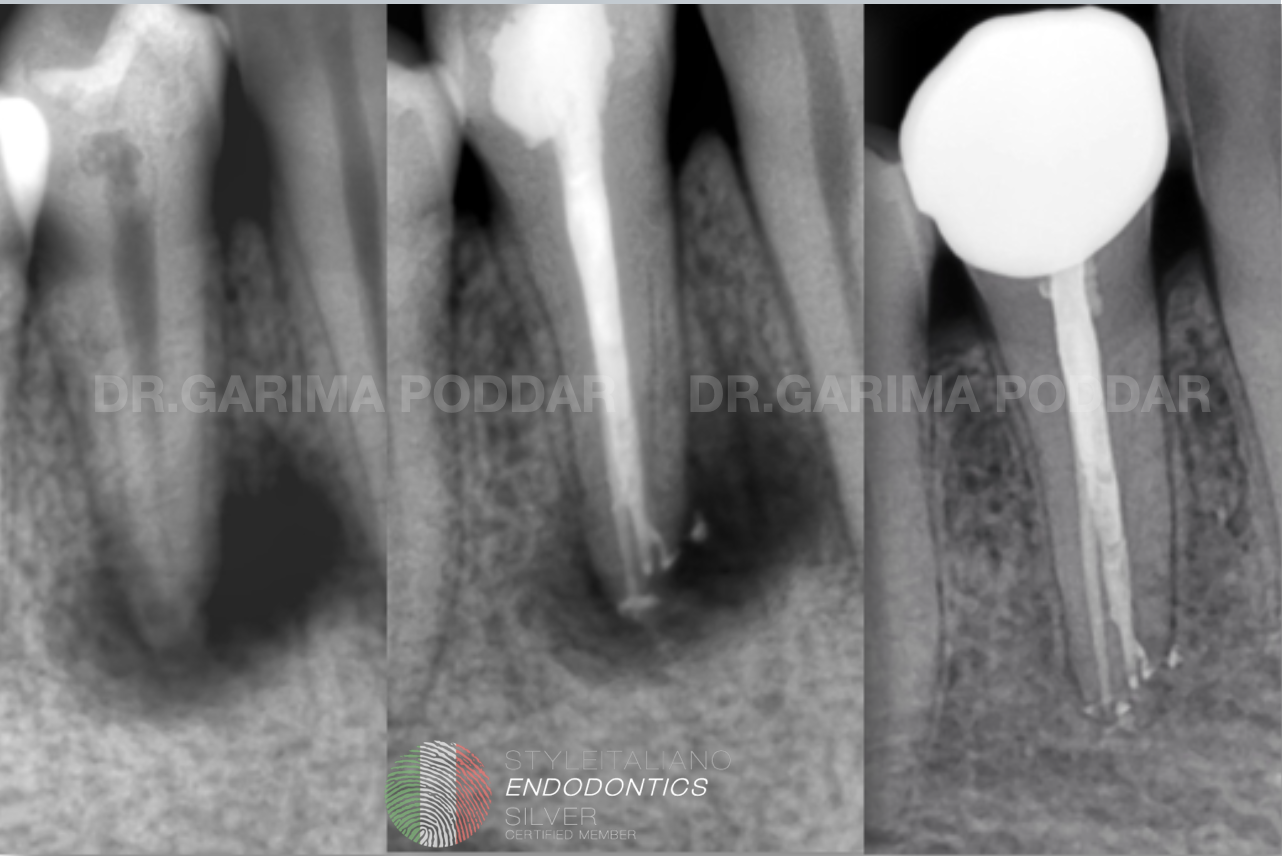 Mysterious pathology, fascinating anatomy & healing- a case of NSRCT of tooth 44
Mysterious pathology, fascinating anatomy & healing- a case of NSRCT of tooth 44
A periapical pathology, could be a result of caries, trauma, periodontally compromised oral cavity or even a thermal and chemical insult to the tooth. Effective cleaning, shaping and disinfection is the key to a successful endodontic treatment. A deep understanding of the anatomy of a root canal system, is of high value while performing a non-surgical root canal treatment. We often come across mandibular premolars with aberrant root canal anatomies. They often present with multiple canals, splits and accessory canals.
This article describes a case of NSRCT of a mandibular premolar with 1-2 configuration and it presented with a big peri-apical radiolucency.